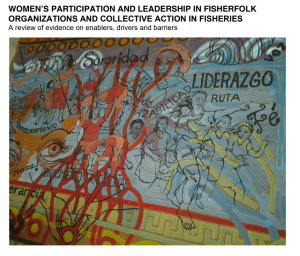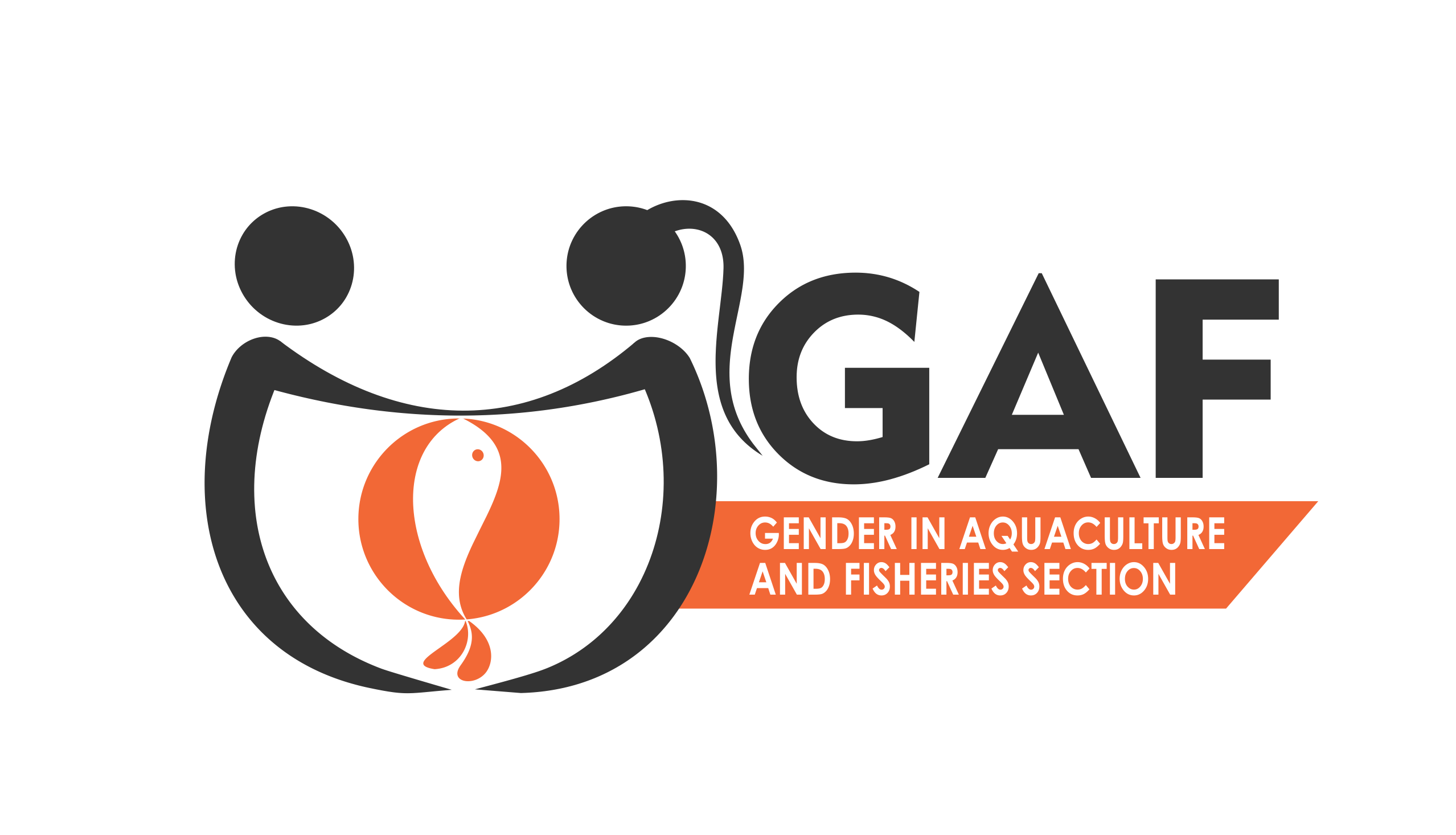 Slowly over the last few decades, the number and type of organisations representing the interests of women in fisheries and aquaculture have begun to grow and diversify. Little is written about this welcome growth of activity and so the new FAO Fisheries and Aquaculture Circular by Enrique Alonso-Población and Susana Siar (Link) “Women’s participation and leadership in fisherfolk organizations and collective action in fisheries: a review of evidence on enablers, drivers and barriers,” is a very welcome addition to the literature.
Slowly over the last few decades, the number and type of organisations representing the interests of women in fisheries and aquaculture have begun to grow and diversify. Little is written about this welcome growth of activity and so the new FAO Fisheries and Aquaculture Circular by Enrique Alonso-Población and Susana Siar (Link) “Women’s participation and leadership in fisherfolk organizations and collective action in fisheries: a review of evidence on enablers, drivers and barriers,” is a very welcome addition to the literature.
The Circular begins with a well considered review of the rationale behind women’s collective action and organisation, and whether and how this might relate to their empowerment. Given the plethora of conceptualisations of empowerment, however, the authors decide not to superimpose any particular version of empowerment on their analysis, but to accept the bottom line that if women are not organised and not participating in the institutions of the sector, then definitely this is a sign of their marginalisation and lack of access to specific resources.
In a historical terms, women’s participation has long been recognised and even celebrated, but the authors document that, for example, although women in the Spanish Galician fisheries have been visible for over 100 years, only in the 1980s did a series of management and political changes begin to professionalise their work and give them actual control over their industry. Hence, the concept of getting beyond the descriptives of “women do fish” and onto “women do participate and lead.”
Using an extensive literature analysis, the authors first delve into the diverse array of institutions that enable and foster women’s participation in collective action and organizations. These range from: government institutions, non-government organisations, development aid and conservation projects, religious organisations, academia, endogenous mobilization among groups of women identifying with their professional work, e.g., the women divers of Japan and Korea, and Norwegian fishermen’s wives, the catalysing drive of individual leaders, and events that created unexpected chances. Particularly welcome is the access the Circular gives to literature in languages other than English, e.g., the Brazilian and other South American examples.
Having explored the diversity of women’s organisations, the authors recognise that the endogeneous and external drivers for organizing can be classified into a few familiar categories, especially: dwindling resources and securing management roles, sectoral modernisation, the imperative to secure fishing rights, economics, the drive to secure family well-being, and the drive for women’s rights.
Despite the positive feel that comes with uncovering such a rich stream of women’s collective action, the authors are firm in their desire not to leave us thinking that the problems are beginning to be solved. Problems range from governments that will not accord women rights to the women’s own individual aims and competitiveness overcoming the benefits of collective action.
Overall, this Circular is highly recommended reading! Here is the Link.
Alonso-Población, E. and Siar, Susana V. 2018. Women’s participation and leadership in fisherfolk organizations and collective action in fisheries: a review of evidence on enablers, drivers and barriers. FAO Fisheries and Aquaculture Circular No. 1159. Rome, FAO.
ABSTRACT: The increased recognition of the multiplicity of roles played by women in, and their crucial the fisheries sector exists in stark contrast with the low presence of women in fisherfolk organizations around the globe, and the lack of access to decision-making positions in many formal fisheries-related organizations. This paper summarizes analyses of a global literature review on women in fisherfolk organizations. The aim of the study was to identify positive examples and lessons learned by pointing to the drivers – as well as the enablers and entities identified in the literature – that have a key role in fostering increased women’s participation and leadership in collective action in fisheries. State institutions, social movements and civil society organizations, development and conservation projects, religious movements, academia, endogenous mobilization, charismatic individuals and coincidences have been identified as the key enablers of women’s participation in collective action. Dwindling resources and the need to secure management roles, modernization, the allocation of fishing rights, economic changes, family welfare and women’s rights, are the main drivers identified by the authors as catalysers of women’s engagement in collective action. Finally, the paper identifies some of the barriers faced by women to gain equal access to organizations and decision-making. Although more research on the topic is required, there seems to be consensus on the positive effects for women arising from their engagement in modes of collective action.
This entry was posted in: Aquaculture, Marine Fisheries, Women
